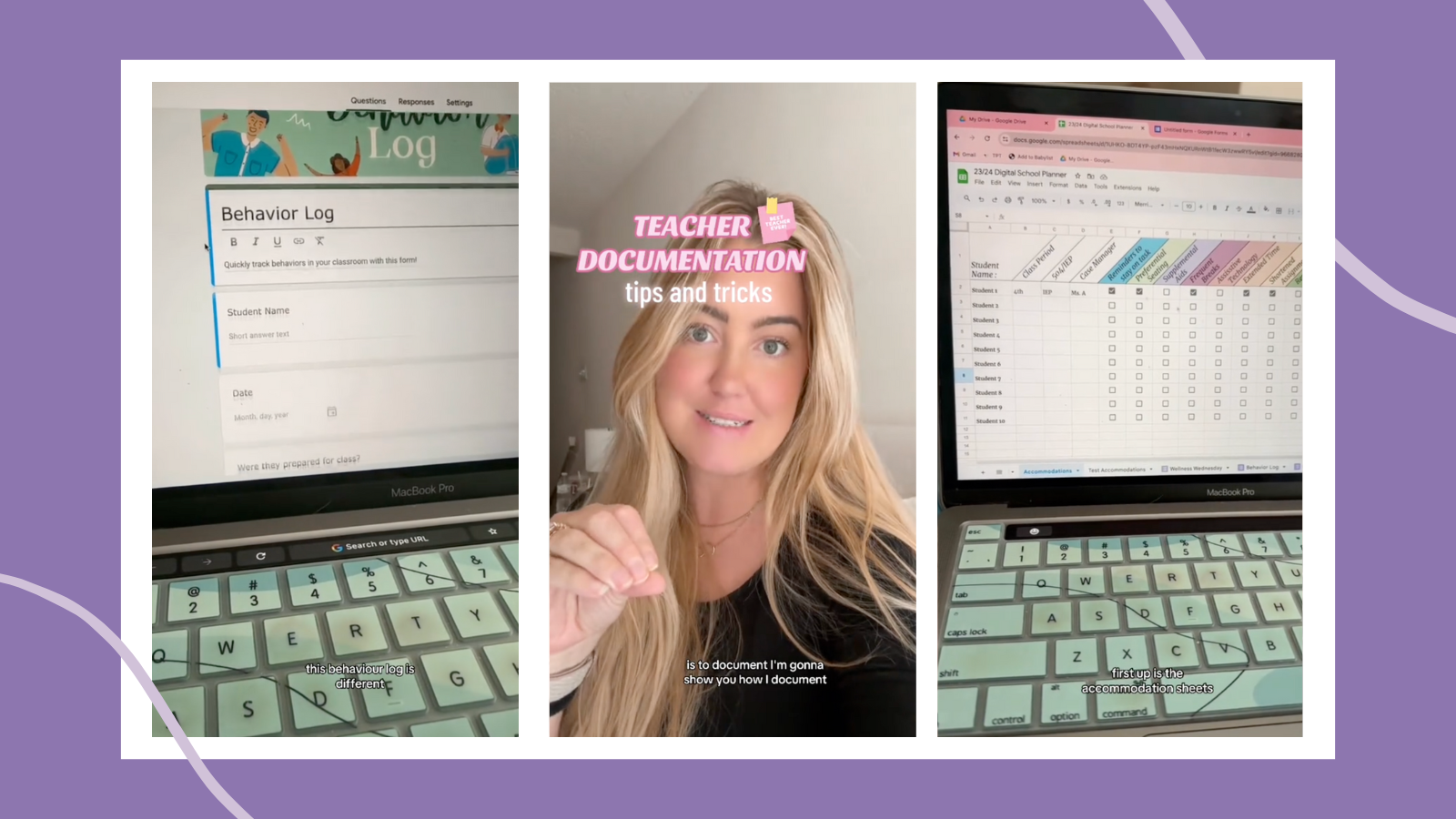Several years ago a student who was not doing well in my class reached out to me regarding some issues that they were having with completing and getting their assignments in on time. In my correspondence with the student, I remember giving them some direction on where they could go within the institution to receive additional assistance on the assignments. I never heard from the student again and they eventually dropped out of the class due to their failing grade.
Upon learning that they had dropped the class, I went back through their assignments that they did complete. I came upon their first discussion board post, in which I typically ask each student to introduce themselves to their classmates with their name, location and future goals. I was embarrassed to learn that in reading back on their first discussion post, this particular student had just returned back to school after an 8 year layoff, and was a single parent managing employment and raising young kids. How could I have missed this? In realizing my mistake, I knew I had to make a change in how I engaged with my students. Since that time, I believe that being intentional on building relationships are important traits that instructors and leaders must have in order to increase engagement with their students.
How Well Do You Know Your Students?
Research supports that best practices for teaching include clear communication with students regarding course material and timely and personalized feedback in grading. This not only addresses each student and their learning needs, but also fosters critical thinking, provides support and enhances positive outcomes (Krijgsman et al, 2018). While all of these factors are true, what I have learned is that the primary key to student engagement for instructors is getting to know my students.
In my class I incorporate introductory discussion posts into my classrooms because I believe they are foundational pieces of data that provides a platform for me as an instructor to be able to engage with my students. In doing this, I find that I frequently have students who are first generation, adult age, single parents, grandparents, first responders, military personnel, law enforcement and more. Therefore I encourage instructors to incorporate an introductory discussion for more interaction and engagement with their students. Other strategies to increase engagement could include things such as utilizing your learning platforms to facilitate networking, being more personal in your feedback to students on assignments or getting feedback from colleagues or resources that are available within your university.
Flexibility and Empathy Facilitates Student Engagement
Research has shown the importance of empathetic and flexible instructors. In a qualitative study that explored nursing students’ perceptions of instructors’ caring in an online environment, researchers found that nursing students had positive perceptions of faculty caring in the online classroom due to personal feedback and exhibiting understanding and flexibility on assignments. As a result, this not only promoted perceptions of faculty caring, but students welcomed these interactions with their instructors (Post et al, 2017).
Teaching brings the unique challenges of working with students from different backgrounds, ethnicities, and regions around the world. Therefore it is imperative for instructors to have empathy and understanding toward students who may face challenges unfamiliar to the instructor. I have had students reach out to me regarding an extension on their assignments for different reasons. Incidents such as COVID, hurricanes, earthquakes, snowstorms, power outages, death in the family, childbirth, deployment to active duty and mental health were among the more common ones. What has stuck with me about these interactions was that they ultimately defined the students’ evaluation of me as an instructor. Taking the initial approach of focusing on the student’s specific well-being I found was far more effective, as it meant more to students that I actually cared about them as opposed to receiving the extension to the assignment. For one student it was simply passing along a word of encouragement and empowering them to finish their bachelor’s degree despite being out of school 15 years. For another student who was serving in the military overseas, it was sending them a personal note thanking them for their service to our country. The little things, I found made a substantial difference to students in their engagement with me.
Engagement Must Start with Leadership
Understanding how to integrate the institutions mission and core values into the work that instructors do every day to best serve their students must start with leadership. If faculty are expected to become more student centered and engaged, then leaders must exercise a more servant leadership approach in building relationships with their faculty and staff. If a leader’s success depends on the productivity and effectiveness of the people who work for them, than this will require leaders to be flexible in incorporating different leadership styles as needed that are also in alignment with the institution’s values, goals and objectives (Knight, 2024). For example, if flexibility is a core value of the University, is this value also applied to the faculty? How well do leaders actually know their staff? Just as faculty must pick up on these qualities with their students, leadership must also be able to do the same with their faculty.
Reflecting back on these experiences, I would love to tell you that the positive evaluations I have received from students is primarily due to my expertise in the course content, in depth announcements, personalized feedback and timely response to their emails. In reality I have come to learn that students really value qualities such as flexibility, engagement and empathy. What was important to my students was in how I treated them, especially during a personally challenging time in their lives. These qualities go a long way and can define how students view their instructors and their experience in the classroom. While the pandemic has brought about many changes to academia, building relationships will continue to be important to students, faculty and leadership moving forward.
Terrance Hinton, Ph.D., is a faculty member in the College of Safety and Emergency Services at Columbia Southern University, where he teaches a number of courses in the area of Criminal Justice.
Resources
Knight, R. (2024). 6 Common Leadership Styles-and How to Decide Which to Use When. Leadership and Managing People, Harvard Business Review. https://hbr.org/2024/04/6-common-leadership-styles-and-how-to-decide-which-to-use-when
Krijgsman, C.,Mainhard, T.,Van Tartwijk, J., Haerens, L., Borghouts, L., Vansteenkiste, M., & Aelterman, N. (n.d.). Where to go and how to get there: Goal clarification, process feedback and students’ need satisfaction and frustration from lesson to lesson. Learning and Instruction, 61, 1–11. https://doi-org.proxy.library.ohio.edu/10.1016/j.learninstruc.2018.12.005
Post, J., Mastel-Smith, B., & Lake, P. (2017). Online Teaching: How Students Perceive Faculty Caring. International Journal of Human Caring, 21(2), DOI: 10.20467/HumanCaring-D-16-00022.1. https://connect.springerpub.com/content/sgrijhc/21/2/54.full.pdf
The post Building Relationships and Student Engagement: What Students Really Want and Need From Professors appeared first on Faculty Focus | Higher Ed Teaching & Learning.
Several years ago a student who was not doing well in my class reached out to me regarding some issues that they were having with completing and getting their assignments in on time.
The post Building Relationships and Student Engagement: What Students Really Want and Need From Professors appeared first on Faculty Focus | Higher Ed Teaching & Learning. Teaching Strategies, engaging leaders, getting to know your students, student learning Faculty Focus | Higher Ed Teaching & Learning









